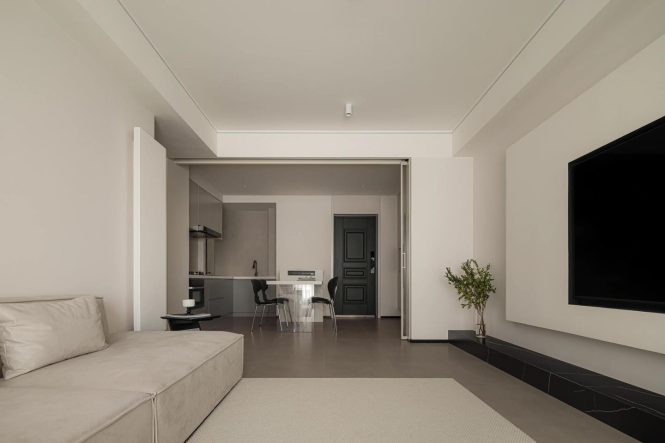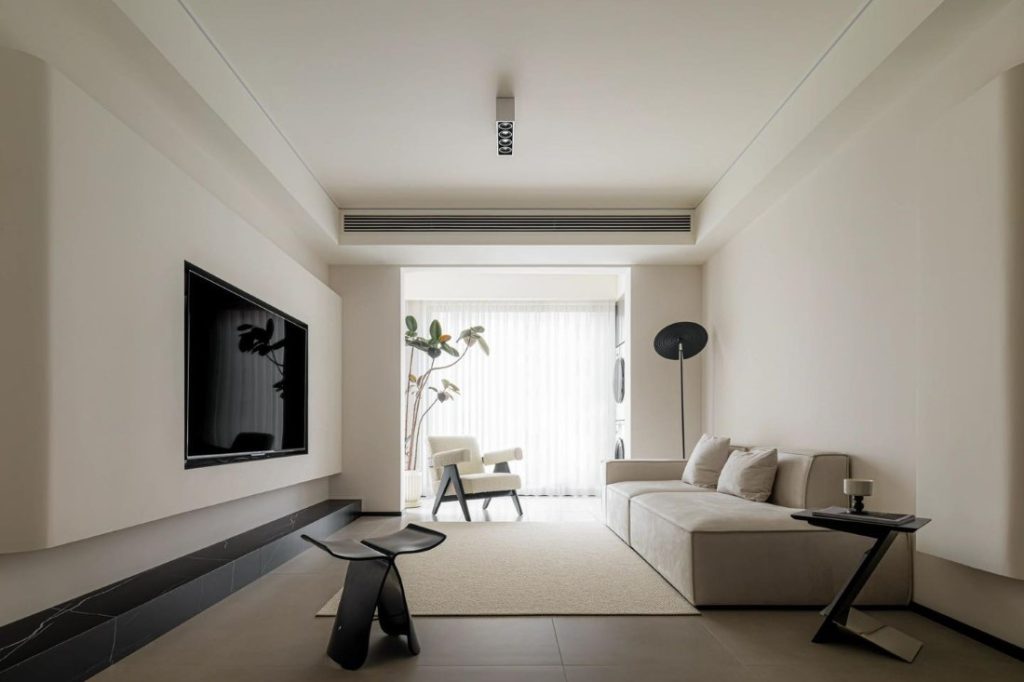

Minimalist design is a timeless approach to aesthetics, a design philosophy that transcends fleeting trends. It’s about finding beauty in simplicity and focusing on the essential elements to create a visually appealing and enduring design. Often, modern design enthusiasts struggle with maintaining a cohesive and beautiful aesthetic across different decades without sacrificing their unique style. They crave a design language that remains appealing year after year, effortlessly adapting to shifting tastes and trends. This article will delve into the key elements that make minimalist design timeless, exploring its principles, advantages, and practical applications. We’ll cover topics like visual appeal, functional design, and how to maintain a clean and uncluttered space through minimalist design, ultimately empowering you to appreciate and utilize this timeless style.
The Enduring Appeal of Minimalist Design
Simplicity and Elegance
Minimalist design emphasizes simplicity and elegance, avoiding superfluous details and focusing on essential forms. The beauty of minimalism lies in its ability to distill complex ideas into clean lines and uncomplicated shapes. This approach transcends cultural trends, resonating with audiences worldwide.
Visual Impact and Timeless Aesthetics
A Clean Slate
Minimalist design often uses a palette of neutral colors, allowing the design elements to take center stage. This approach creates a sense of calm and balance, making the piece visually appealing and harmonious. The lack of excessive ornamentation draws attention to the intrinsic beauty of the design elements. The clean, uncluttered aesthetic is a powerful tool for conveying a sense of serenity and tranquility. These aesthetics resonate with modern trends, creating a design that easily adapts to changing aesthetics.
Functional Design Principles
Function Over Form
Minimalist design prioritizes function above all else. It creates pieces that are not only visually appealing but also incredibly functional. Minimalism in product design is evident in sleek, streamlined devices and appliances, enhancing efficiency and usability without compromising visual appeal. This approach is ideal for individuals and businesses seeking well-designed products that not only look great but also enhance their daily lives.
Adaptability and Versatility of Minimalism
The Power of Clean Lines
Minimalist design is remarkable for its adaptability. Its clean lines and essential forms work seamlessly across various applications, including architecture, product design, interior design, and graphic design. This versatility allows the style to fit diverse contexts and projects, making it an excellent choice for designers.
Maintaining Relevance Throughout the Decades
Lasting Impression
Minimalist design’s enduring appeal stems from its ability to avoid unnecessary details and trends. By focusing on timeless principles, such as clean lines, and uncluttered spaces, the aesthetic creates a lasting impression that transcends fleeting moments in fashion and trends.
Case Studies and Examples
Modern Architecture
Many architects have adopted minimalist design principles to create both functional and beautiful buildings. For example, the design of the Guggenheim Museum in Bilbao, Spain, incorporates many principles of minimalism. The building’s sleek form and use of neutral colors create a lasting impression. This approach to architecture underscores the design’s versatility across industries and sectors.
Future Trends and Predictions
The Future of Minimalist Design
Minimalism, with its focus on timeless elegance, is well-positioned to remain relevant in the years ahead. As individuals increasingly seek simplified living spaces, minimalist designs will continue to play a significant role in design.
Conclusion
Timeless Beauty of Minimalist Design
Minimalist design is more than just a trend; it’s a philosophy that continues to resonate with its focus on simplicity and elegance. Its timeless nature ensures its relevance across generations. As a design approach, it continues to impress.
Examples of Minimalist Design
Visual Appeal and Functionality
Examples of minimalist design are prevalent in many forms, from modern furniture designs to fashion accessories, and architectural structures to high-tech products. In terms of interior design, minimalist spaces often feature open floor plans, showcasing the functional elegance of the space. Similarly, in fashion, minimalist looks focus on timeless simplicity, with neutral colors playing a central role. These details combine and create a visually appealing and functional design.
Frequently Asked Questions
What are some common characteristics of Minimalist Design?
Minimalist design is characterized by its clean lines, uncluttered spaces, neutral color palettes, and focus on function. It prioritizes essentials and often employs a monochromatic or limited color scheme, creating a sense of calm and serenity. This focus on clean lines and uncluttered spaces is often used in modern furniture and product designs, contributing to its longevity and visual appeal.
How can I incorporate minimalist design principles into my home decor?
Start by decluttering your space. Choose furniture with clean lines and simple silhouettes. Opt for a neutral color palette—grays, whites, and creams—as a backdrop for bolder accessories. Focus on quality over quantity; invest in pieces that you truly love and that will last. Minimalist designs create an environment of peace and calm by reducing the visual clutter and focusing on essential elements.
In conclusion, minimalist design’s enduring appeal lies in its ability to transcend fleeting trends and focus on fundamental aesthetics. Its simplicity and elegance are timeless, resonating with individuals seeking a refined, sophisticated style. By embracing the principles of minimalism, designers can create pieces that stand the test of time and remain relevant for generations. To unlock the beauty of timeless minimalist design, explore the resources and inspiration mentioned in this article and experiment with these principles in your own projects. Engage with the minimalist design community to further your understanding and refine your skills.